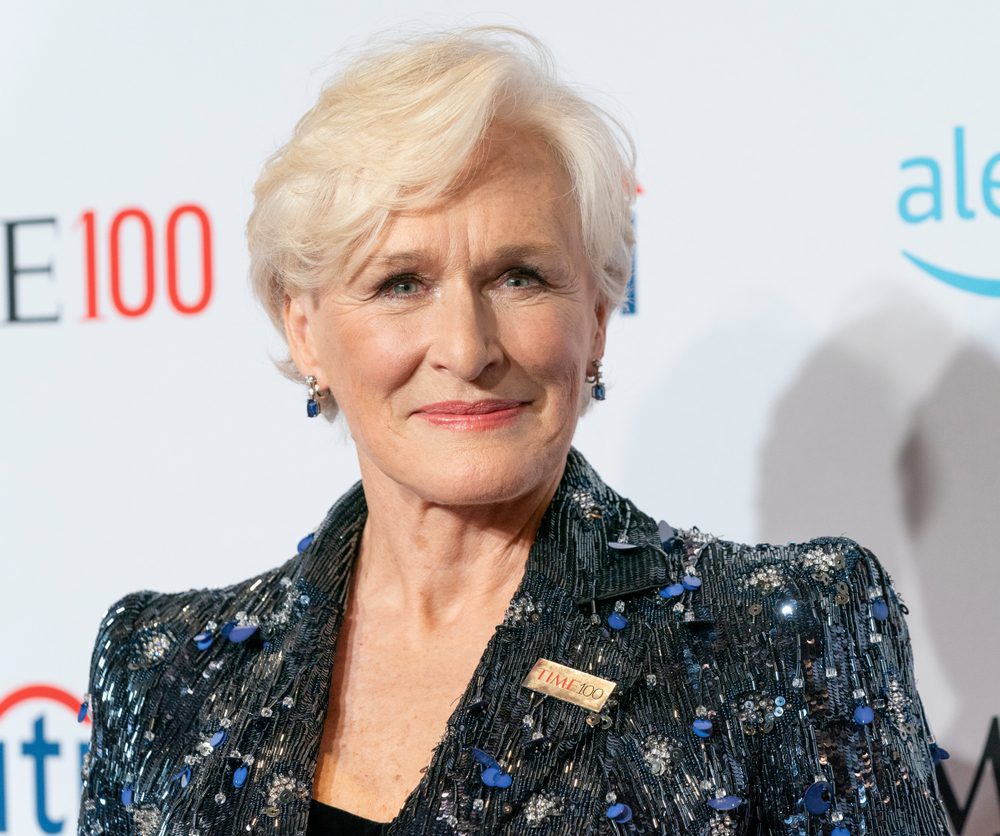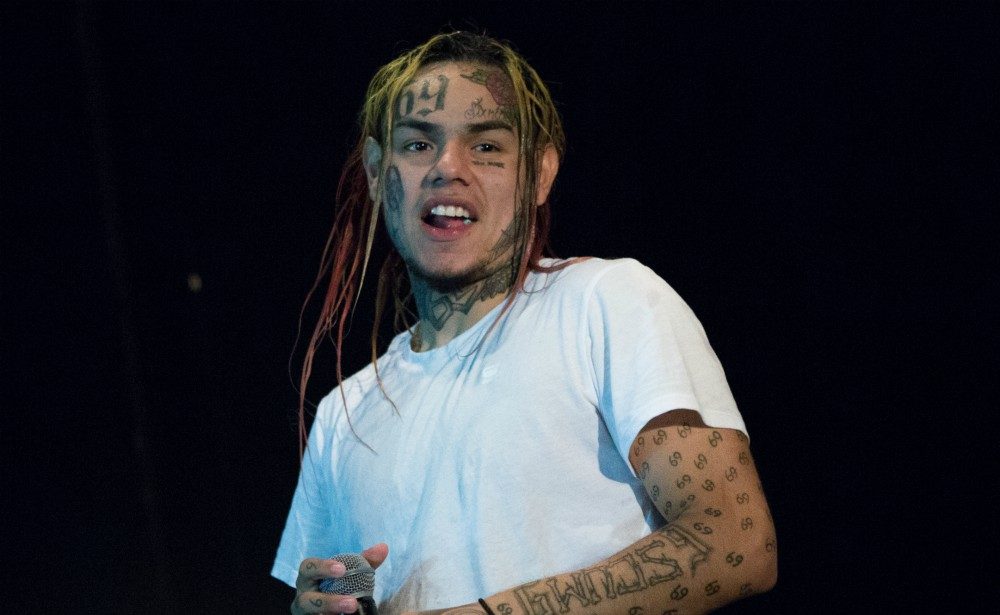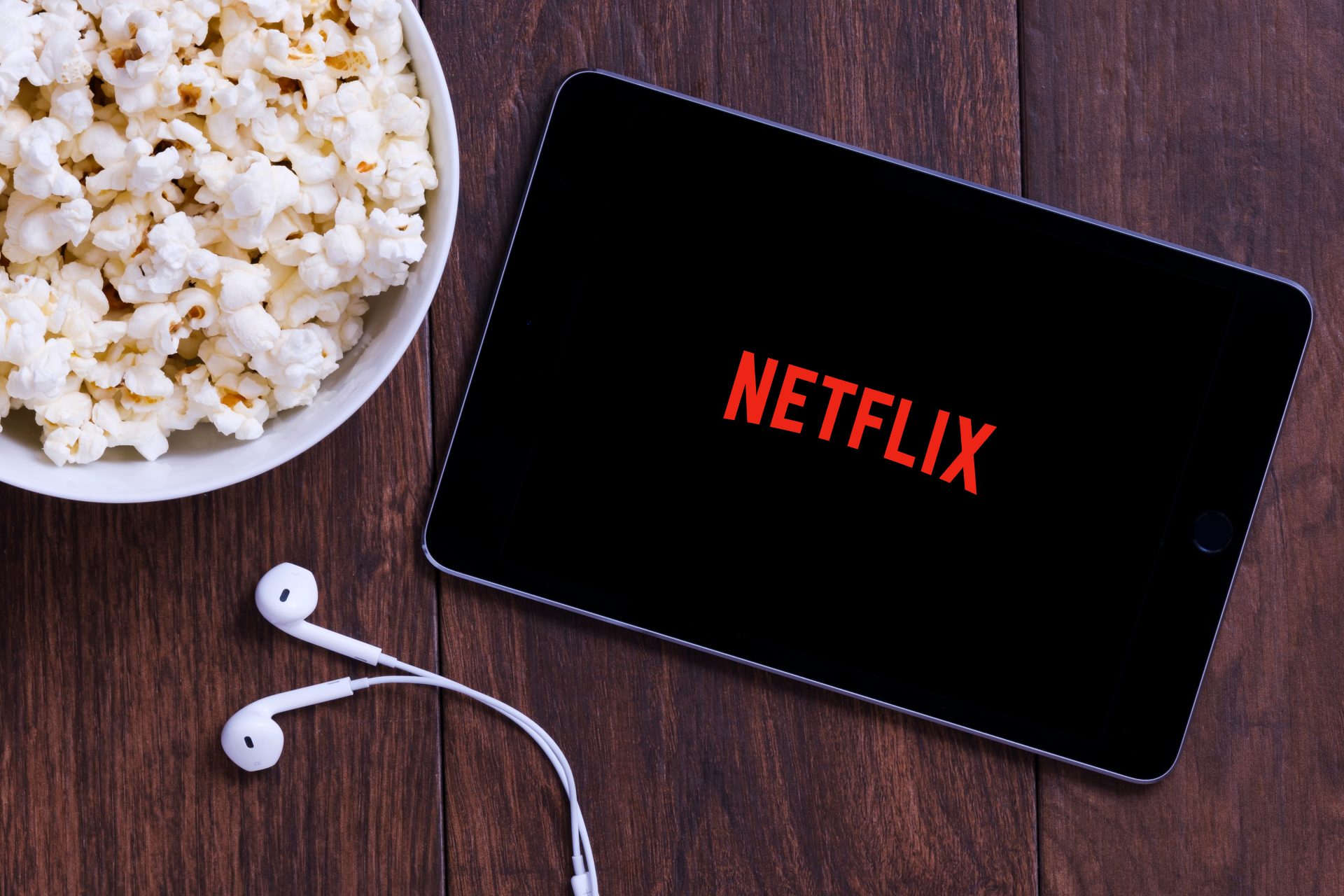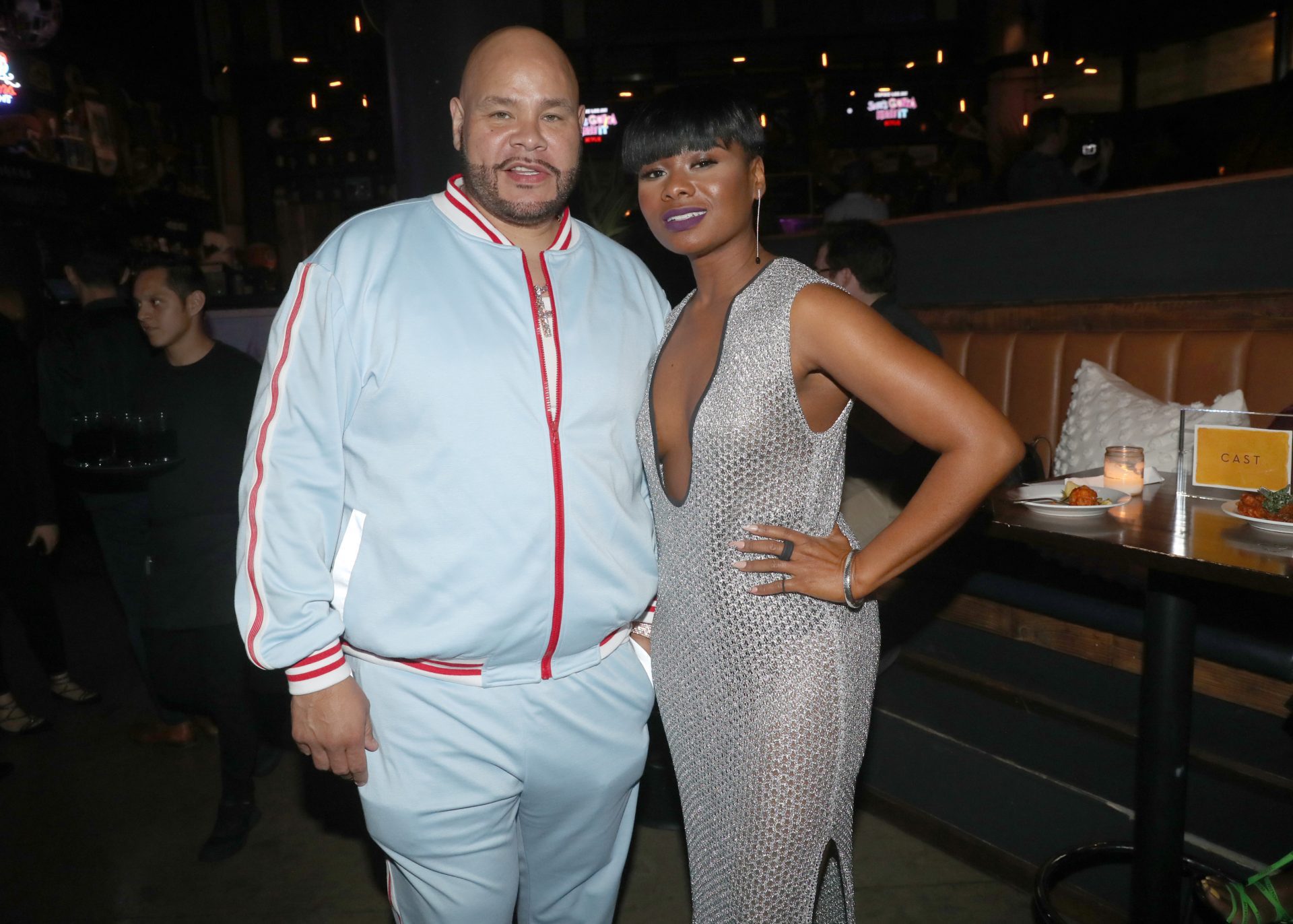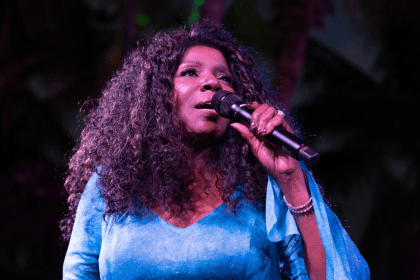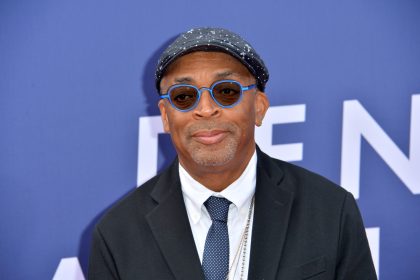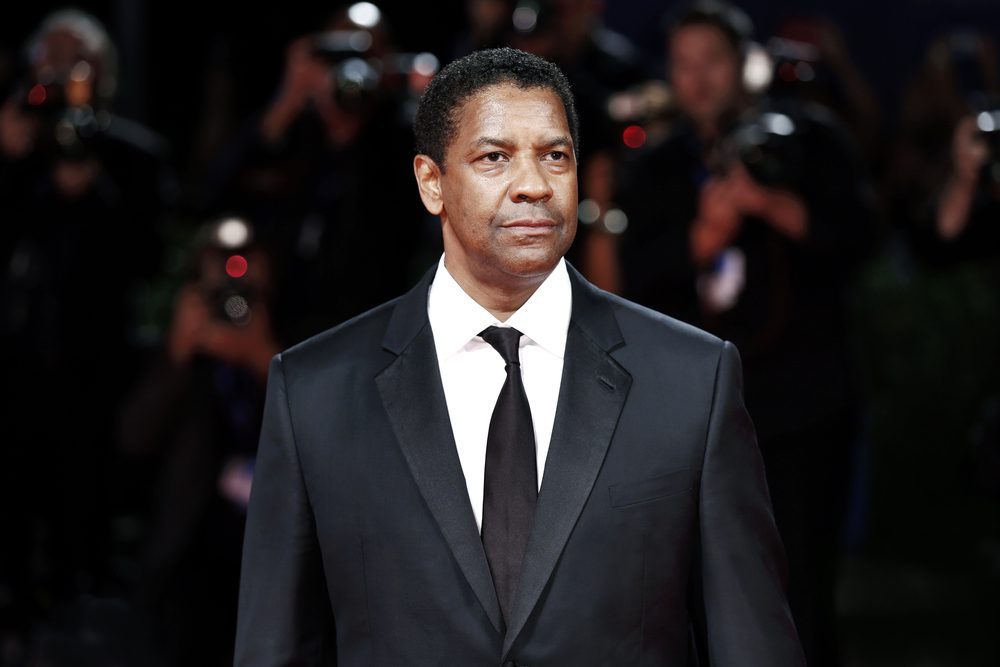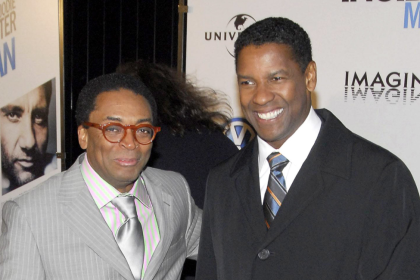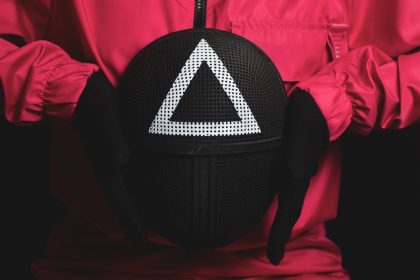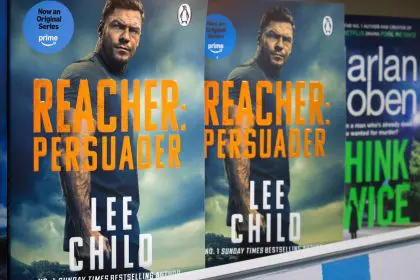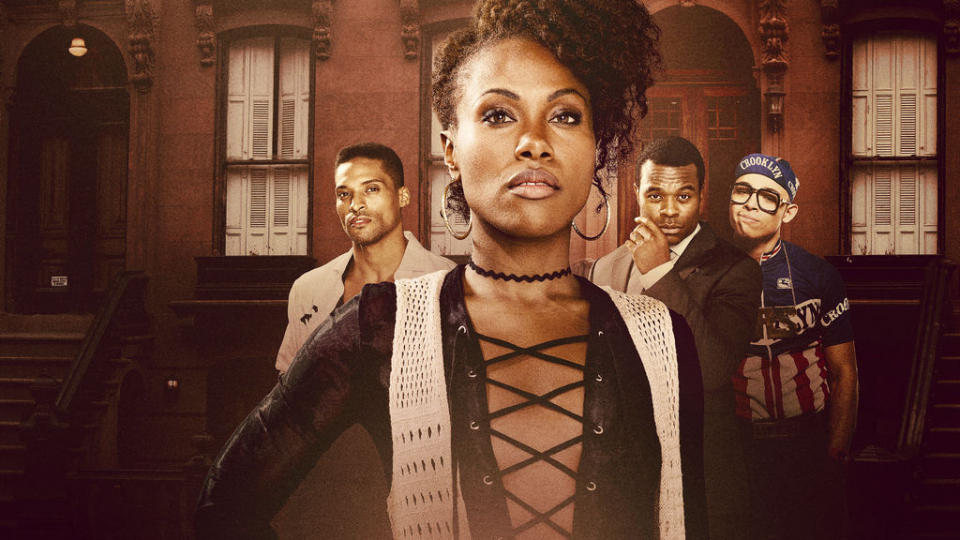
Spike Lee provided my 2017 Thanksgiving “binge situation” when I learned he’d partnered with Netflix to release a new adaptation of his 1986 flick She’s Gotta Have It. I remember watching the movie in awe of Tracy Camille John’s character Nola Darling, who unapologetically flaunted her sexuality, dealing with three male lovers without shame.
Back in 1986, a woman acknowledging she enjoyed a healthy sexual appetite was taboo, but I assumed the sexual scenes wouldn’t be as shocking today because we’ve come such a long way since the ’80s in relation to female sexuality, right?
Today’s version of “She’s Gotta Have It” featuring the beautifully brown-skinned DeWanda Wise is indeed less shocking but manages to relay a very time sensitive feminist message while shattering several stereotypical double standards.”I’m not a freak. I’m not a sex addict, and I’m damn sure nobody’s property,” Darling states famously. This new edit from Lee is an amazing reflection of all the pain issues rearing their head in today’s pop culture landscape.
Spike Lee addresses sexual harassment, police brutality, racism and even today’s unrealistic expectations on the female physique. We see Nola Darling boldly define herself as a “sex-positive polyamorous pansexual,” meaning she is someone who enjoys sex with whomever she pleases and refuses to put herself into a box to make her lovers or even naysayers feel more comfortable. She stands up to her lovers when they try to shame her into monogamy and she also stands up to her critics that suggest because she wore a sexy dress, she could possibly somehow be responsible for the over-sexed advances of her admirers. “If they can’t handle me in this dress then that’s too bad for them,” she replied flippantly when questioned about wearing a revealing dress to a function. Nola plays with her sexuality while claiming it entirely for herself refusing to fit into the boxes that society offers women, usually consisting of good girl vs bad girl. Nola’s existence proves there is no such thing as “good” and it’s very difficult to define what contributes to a “bad girl.”
When Nola is sexually assaulted, she briefly grapples with the feeling of being vulnerable but refuses to play victim. She doesn’t swallow any of the reasons thrown at her explaining her attack and refuses to allow anyone to explain anything to her besides the fact that she was assaulted and there is no excuse for that behavior. With the numerous “me too” stories trending today’s headlines with actresses/actors, etc. recounting stories of sexual harassment, manipulation and intimidation, we needed a heroine like Nola Darling to stand up and scream, “NO! There is nothing I’ve done to deserve these advances. You aren’t acting this way because I’m too sexy or too beautiful. There is nothing I could possibly wear or say to cause you to treat me this way and most importantly I will not accept it!”
In addition to owning her sexuality as she juggles three male lovers and one female, Nola stands up to the Brooklyn police during an uncomfortable scene where gentrification has threatened the culture of her block. We see her stand up and offer to take the place of a homeless man being harassed simply for being homeless. Spike Lee presents Black genius in the way he captures the scenery but the messages are deliberate and loud. Being Black in a neighborhood infiltrated with racist White people becomes no less than dangerous.
Lastly, we see Nola paint her girlfriend’s Shmekka’s body in its natural state and praise her for her authentic beauty. Shmekka doesn’t see Nola’s perspective and in her frustration at making more money as a dancer, resorts to getting illegal butt injections in a seedy hotel. The scenes are extremely graphic, detailing Shmekka’s painful sacrifice in the name of perfection. In a scene where the injections burst, causing Shmekka’s body to go into shock, the audience is forced to look at the way women are dying to achieve the impossible without acknowledging the risk.
If you are a Spike Lee fan, this 2017 version of “She’s Gotta Have It” feels familiar. You enjoyed the quirkiness of the characters and the often corniness of the message, wrapped in an eclectic succession of visuals that offer art for your eyes as well as engaging dialogue and colorful characters that are as extreme in nature as much as they are unforgettable. If you aren’t a Spike Lee fan, you may not have enjoyed the minutia that delivered the overtly obvious messages plaguing our current cultural landscape.


